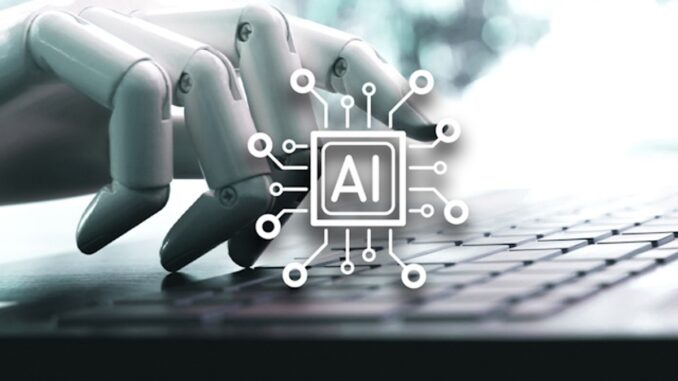
Real-time data processing is a critical component of many AI systems, enabling them to analyze and respond to data as it is generated, rather than waiting for batch processing or delayed updates. This allows AI systems to:
1. **React quickly to changing conditions**: Real-time data processing enables AI systems to respond rapidly to changes in the environment, market trends, or user behavior.









2. **Make informed decisions**: By processing data in real-time, AI systems can make decisions that are informed by the most up-to-date information, rather than relying on stale or outdated data.
3. **Improve performance**: Real-time data processing can improve the performance of AI systems by allowing them to learn from and adapt to new data as it becomes available.
4. **Enhance customer experience**: Real-time data processing can enable AI systems to provide personalized and timely responses to customer inquiries, improving the overall customer experience.
To achieve real-time data processing, AI systems typically rely on:
1. **Streaming data ingestion**: AI systems ingest large volumes of data in real-time, using techniques such as message queues, event sourcing, or Kafka.
2. **Data buffering**: AI systems use buffering mechanisms to manage the flow of data, ensuring that the system can handle high volumes of incoming data.
3. **Parallel processing**: AI systems can use parallel processing techniques, such as distributed computing or GPU acceleration, to process large amounts of data in parallel.
4. **Low-latency algorithms**: AI systems use algorithms that are optimized for low-latency processing, such as online learning or incremental learning.
Some common techniques used in real-time data processing include:
1. **Event-driven programming**: AI systems are designed around events, such as user interactions or sensor readings, which trigger specific actions or computations.
2. **Streaming analytics**: AI systems use streaming analytics tools and libraries, such as Apache Flink or Apache Storm, to process and analyze real-time data.
3. **Machine learning at the edge**: AI systems can perform machine learning tasks at the edge, using devices such as IoT sensors or edge servers to process data in real-time.
4. **Cloud-based services**: AI systems can leverage cloud-based services, such as AWS Lambda or Google Cloud Functions, to process and analyze real-time data.
Challenges in real-time data processing include:
1. **Scalability**: Real-time data processing requires scalable infrastructure and algorithms to handle high volumes of incoming data.
2. **Latency**: Real-time data processing requires low latency to ensure timely responses and decision-making.
3. **Data quality**: Real-time data processing requires high-quality data to ensure accurate and reliable results.
4. **Security**: Real-time data processing requires robust security measures to protect sensitive data and prevent unauthorized access.
By addressing these challenges and leveraging the techniques mentioned above, AI systems can effectively process and analyze real-time data, enabling rapid decision-making and improved performance in a wide range of applications.


Leave a Reply